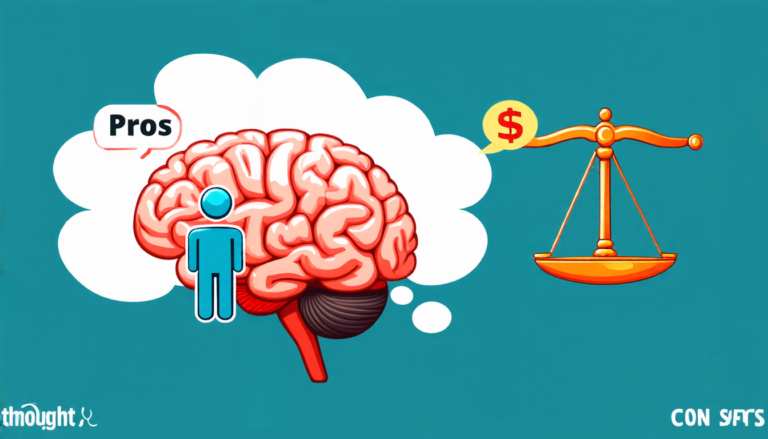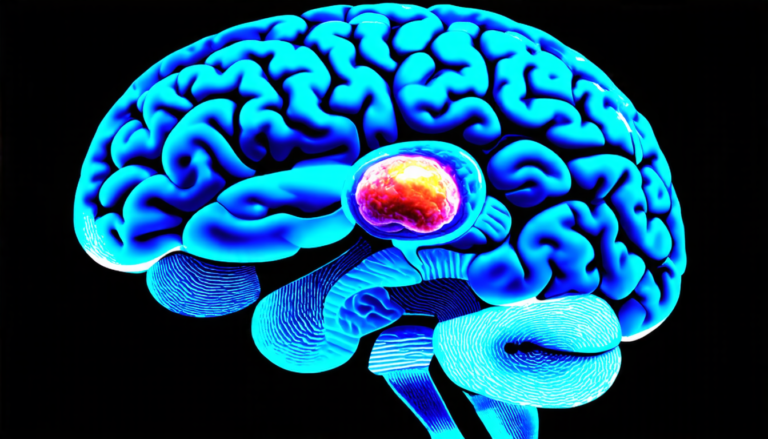Thursday 10 April 2025
The quest for efficient artificial intelligence has long been a holy grail for scientists and engineers. As computers continue to process vast amounts of data, their energy consumption grows exponentially. But what if we could harness the power of the human brain, which is capable of performing complex calculations with minimal energy expenditure? A recent study sheds light on the fundamental thermodynamic limitations of artificial intelligence and offers a glimpse into a potential solution.
The research centers around the concept of negentropy, a measure of the amount of order or information content available for work. Unlike traditional energy consumption metrics, which focus solely on power output, negentropy takes into account the quality of that energy. In essence, it asks: how much useful computation can be done with a given amount of energy?
The study’s authors explored this question by analyzing the thermodynamic costs associated with information processing in both biological and artificial systems. They found that traditional digital computing architectures, which rely on binary code and logical operations, are inherently inefficient due to their reliance on irreversible processes.
In contrast, the human brain operates through complex networks of neurons that can perform calculations with remarkable efficiency. The researchers hypothesized that a similar approach could be applied to artificial intelligence, leveraging the power of analog computation to reduce energy consumption.
One potential solution is the use of physical systems, such as optical or quantum layers, for linear transformations within deep neural networks. These layers would operate in a reversible manner, allowing for minimal energy expenditure while still processing vast amounts of data.
The study’s findings have significant implications for the development of energy-efficient AI systems. By rethinking the fundamental architecture of computers and embracing analog computation, scientists may be able to create machines that can perform complex calculations with minimal energy consumption.
This research also opens up new avenues for exploring the thermodynamic limits of artificial intelligence. As computers continue to evolve, understanding the underlying physical constraints will be crucial in designing systems that are both powerful and efficient.
The study’s authors are now working on developing prototype systems that incorporate these principles, with the aim of creating a new generation of AI machines that can harness the power of the human brain without sacrificing performance or efficiency. While there is still much to be discovered, this research marks an important step towards creating artificial intelligence that is not only intelligent but also sustainable.
Cite this article: “Unlocking the Secrets of Artificial Intelligence: The Surprising Connection Between Energy and Negentropy”, The Science Archive, 2025.
Artificial Intelligence, Energy Efficiency, Negentropy, Thermodynamics, Computing Architecture, Analog Computation, Quantum Layers, Optical Layers, Neural Networks, Sustainable Ai.







